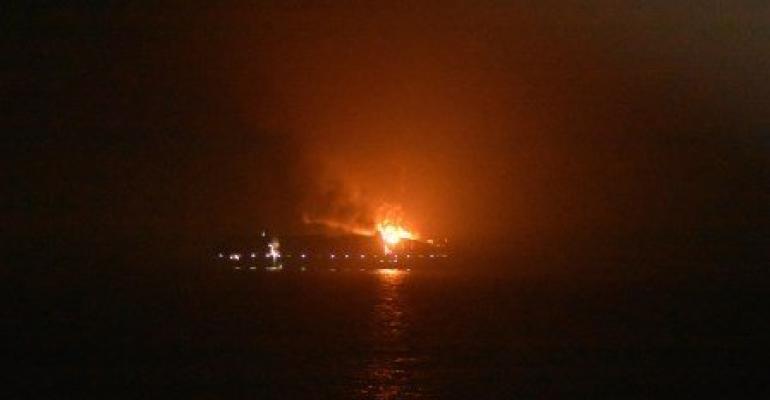Why are fires on containerships like the Grande America so frequent and devastating? Firstly, cargo is packed into containers before it reaches the shipowner or carrier who are reliant on the shipper’s declaration regarding the container’s contents. Most container ship fires are cargo (rather than engine room) fires and many occur as a result of the misdeclaration or inadequate packing of hazardous cargo. Secondly, it can be difficult for crew to contain a fire which starts in one of several thousand containers in a stack in a vessel’s hold.
The shipping industry is well aware of the dangers of fires at sea and hazardous cargo and has taken some steps in response to containership fires. Several P&I Clubs have issued guidance notes for the carriage of dangerous goods. And, following the two week blaze on board the Maersk Honam in 2018, Maersk changed its cargo storage guidelines to prohibit the storage of dangerous cargo near the crew’s accommodation or the engine room and has implemented random container checks in North America. We will have to wait and see how effective these measures are in improving safety at sea.
A major vessel fire results in massive losses to many of the parties involved in the voyage. Cargo owners and their insurers bear the risk of damage to their cargo and claims by shipowners for general average and salvage contributions. Shipowners face damage to their ship and huge expenses to tow the vessel to a port of refuge, fire-fighting operations, oil pollution cleanup costs and potential claims by cargo owners. Carriers may have to tranship cargo to its final place of destination where the vessel is unable to continue or where the shipowner terminates the voyage. There is also the very real risk to the safety of the vessel’s crew.
Read more: Cargo that kills
 Establishing the cause of a fire can take several months with many experts appointed by the respective parties. There may be protracted litigation and it is not uncommon for an average adjustment (which sets out each party’s proportional general average contribution) to take years to be issued.
Establishing the cause of a fire can take several months with many experts appointed by the respective parties. There may be protracted litigation and it is not uncommon for an average adjustment (which sets out each party’s proportional general average contribution) to take years to be issued.
Under the Hague and Hague-Visby Rules, which are the liability regimes covering most ocean-going cargo, a shipowner has a defence to cargo claims unless the cargo owner can show that the vessel was unseaworthy at the commencement of the voyage and that this caused the loss. The shipowner must then prove that the loss did not occur as a result of a lack of due diligence on the part of the shipowner. For example, a shipowner’s failure to train the crew, to have an adequate safety management system in place or fire-fighting equipment on board the vessel may result in the vessel being deemed unseaworthy and show a lack of due diligence on the part of the shipowner.
Where the fire is caused by a misdeclaration of hazardous cargo, the shipowner and cargo owners may have a claim against the owner of the guilty cargo. However, in practice, such claims are often worthless as parties who misdeclare cargo often do so to obtain lower freight rates and will disappear overnight when a major fire occurs. The owners of the Grande America have indicated that they do not believe the fire to have been caused by misdeclared cargo.
Even when the nature of cargo is properly declared, a cargo owner may still be liable to the shipowner and other cargo owners. For example, in a 2018 judgment relating to the fire on board the MSC Flaminia, the US courts apportioned blame between the cargo owner (for shipping hazardous cargo during warmer months) and the non-vessel operating common carrier (NVOCC) for failing to inform the ocean carrier, MSC, of the dangers of heat exposure to the particular cargo.
Fires at sea pose a serious commercial and safety risk and more steps need to be taken to fight this threat or it is inevitable that we will experience further major containership fires before the end of 2019.
Copyright © 2024. All rights reserved. Seatrade, a trading name of Informa Markets (UK) Limited.
Add Seatrade Maritime News to your Google News feed.  |

